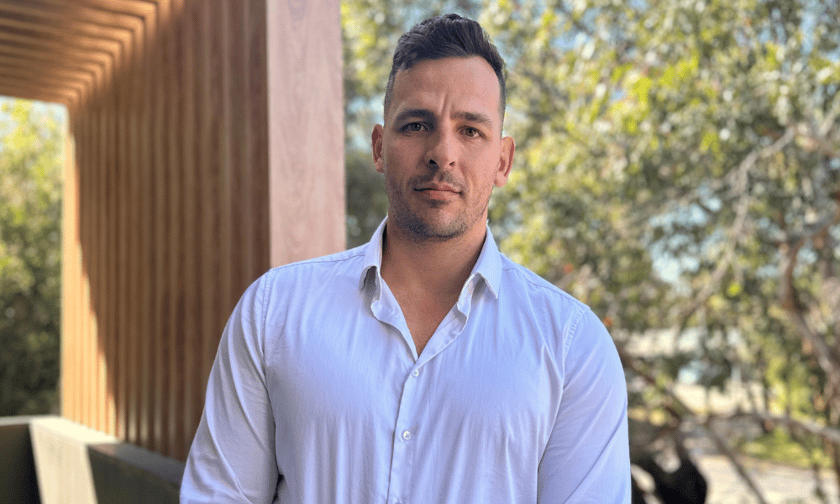

“It’s a perfect storm and you can understand the difficult position from an insurer’s point of view,” said Shane Brady (pictured above).
The Stone Lane Broking & Risk Advisory director was answering questions from Insurance Business about the cost pressures insurers are currently experiencing.
IB pointed to a recent webinar by John Carroll, Aon’s CEO of Reinsurance Solutions in Australia and New Zealand. Carroll explained that a major reason for reinsurers’ positive 2023 financial results was from shifting their nat cat financial burdens to the world’s insurers.
“The reinsurers have copped it over the last five to 10 years,” said Melbourne-based Brady.
He said he’s not a reinsurance expert but can see the pressure that increasing numbers of natural catastrophes have put on reinsurers.
“The accumulated costs of all these catastrophes have had a huge impact on that reinsurance market, which then puts pressure on the reinsurance rates that the insurers have to pay to then transfer the risk to a reinsurer,” said Brady. “You’re damned if you do, damned if you don’t from an insurer’s point of view.”
He said insurers, in many of these cases, perform a cost analysis and end up carrying more risk rather than paying higher rates with reinsurers.
“It’s pressure from all angles, really,” said Brady. “Unfortunately, in every situation, the end consumer is always the one coughing up the difference.”
Which brought the interview back to the recent report by CommBank iQ.
That investigation surveyed about seven million Australians and put the cost of insurance into stark focus. According to this Cost of Living Insights Report, the amount of money Australians spend on coverages has risen by 12%, more than any other item.
Another key finding: The average person now spends $225 per month on their insurance, more than for any other essential item except food. Brady, together with other industry stakeholders, was approached by IB for his view on the significance of these findings.
The broker said considering the reasons behind the 12% rise “is the key point” in understanding this report. It’s obviously not just insurance that has gone up in cost, he said.
“There’s the cost of goods, labour, international logistics, for example, and when you put it all together, the insurers are not just increasing the claims by 12% for profit margins, they’re increasing it largely because claim costs have gone up proportionately as well,” he said.
Brady said it’s concerning that costs of all kinds are going up.
“It’s probably unfair to single out insurance specifically,” he said, citing other sharp cost increases impacting consumers - including on groceries, petrol and electricity.
“I feel like insurers have some really genuine reasons for their increases, whereas some of those other areas of everyone’s daily life probably don’t have as much substantiation behind their price increases,” said Brady.
Premiums have increased, he said, but so have the exposures and risks those premiums cover.
“Going underinsured or being uninsured completely now carries an even larger risk,” said Brady. “If you were in an unfortunate situation and your house burned down or suffered damage, not having the insurance in place is going to be far more costly than paying the 12% increase.”
IB asked if he could be more specific about his comment that insurers likely have more substantial reasons than other business sectors for raising the costs, or premiums, that they pass on to consumers?
“What the bottom line comes down to with most insurers is the cost to administer claims,” said Brady. “Even if you take wages out of it and focus on building costs as an example, costs in the construction industry have gone up exponentially over the last couple of years.”
He said the cost of materials, sourcing those materials, extended project timelines and delays have all added costs for insurers. This directly impacts the cost, said Brady, of home contents coverages.
“If you look at the cost of a typical water damage claim five years ago,” he said, “the materials were cheaper, the tradespeople that undertook the repairs were cheaper and insurers had the benefit of using quite a soft market, in that respect, to their own advantage.”
He roughly estimated that this repair cost today has risen by about 10% to 20%.
“They’re all underlying pressures on the overall cost of proceeding with a claim that insurers have to take into account when setting the rates,” he said. “They’re also dealing with the risks of large-scale volume-based catastrophes and while that’s reinsured by a lot of markets there is still quite an exposure to accumulated losses.”
Which means, said Brady, that the rising overall cost of claims is “probably one of the main influences” on the cost of premiums.
Brady was formerly director of McLardy McShane South East but recently rebranded his brokerage firm’s team of five to Stone Lane Broking & Risk Advisory.
He said the rebranding was to focus on “our target market” and emphasized that Stone Lane is still an AR [authorized representative] of McLardy McShane Insurance Brokers.
“We love McLardy McShane and everything they stand for,” said Brady. “We just wanted to go in a particular direction that is our area of specialty.”
He said their specialty areas include franchises and the manufacturing space.
How do you see the rising cost of insurance premiums and their impact on customers? Please tell us below
